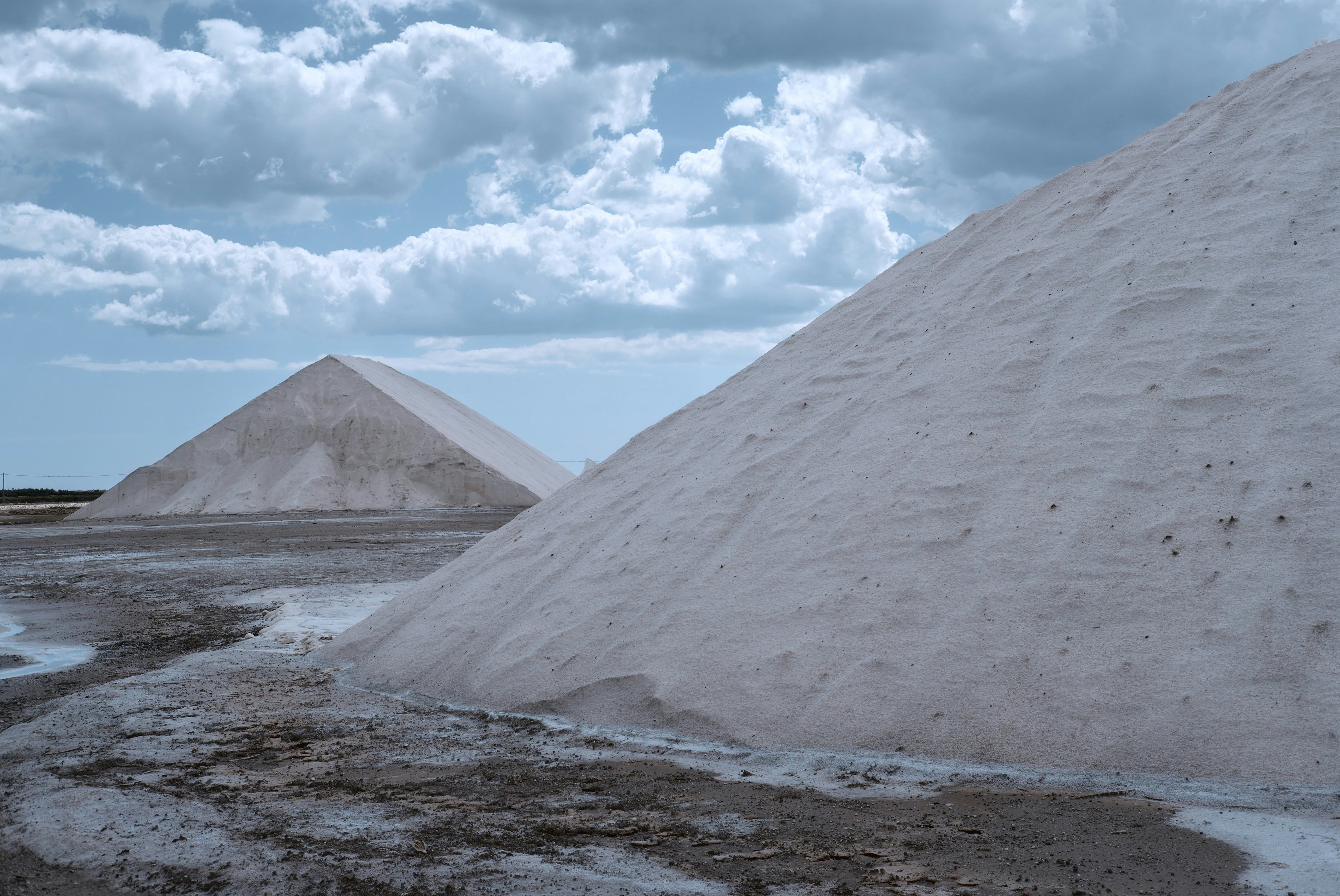Growers continue to apply a range of synthetic inputs in the form of fertilizers and herbicides. Most of these inputs are salt-based platforms. Technically, most synthetic fertilizers are nearly 100 percent salts, with the thinking that plants use most of the applied nutrient salts. The belief is that these nutrient salts are removed by the crop or recycled in the soil. That’s a myth. I’ve seen blocks that have applied synthetic fertilizers for years develop major crop issues as the soils become extremely high in sodium. For a period of time, synthetic fertilizers can keep the crop propped up, but it’s temporary and soon causes loss in yield and quality.
I think that a lot of growers find themselves struggling financially as they get caught up in this routine and can’t break the cycle. In drought years, this issue intensifies. Instead, we need to recharge our soils by cutting back on our chemical inputs and pay more attention to biological products, mineral deficiencies and excesses, and soil composition. Cover crops are an important foundation to protect the soil biology, help build soil organic matter and make the soil more friendly to earthworms. Earthworms are a vital component, digesting plant waste and depositing their own waste as vibrant, fertile topsoil. They are, literally, mini fertilizer machines.
However, to address the salt issue, we need to apply calcium and a lot of it. Calcium is considered fairly immobile through the plant but that’s not particularly true. Calcium gets locked up when potassium, magnesium, chlorine, aluminum and boron are in excess. Each excess mineral is like a wall built between you and the crop yield and quality production. And it’s biological products that can rev the soil biology to consume and reduce these minerals. It begins with the biology, then water, and finally, a restoration in the functionality of the soil. Growers must be aware whether high-salinity well water is contributing to the problem. Calcium needs to be above 6000 ppm and then it becomes the catalyst to drive phosphorus, the key to increasing crop yields and producing healthy plants and soils.
Special soil fungi, called mycorrhizal fungi, establish themselves in a symbiotic relationship with the plant’s roots, providing them not only with physical protection but with nutrient delivery. In return for nourishment from plant exudates these fungi provide water, phosphorus, and other necessary nutrients to the plants. Chemical fertilizers kill off entire portions of this soil food web. Once the bacteria, fungi, nematodes and protozoa are gone, other members of the food web disappear as well. Earthworms, lacking food and irritated by the synthetic nitrates in soluble nitrogen fertilizer, move out. Imagine, putting salt on your hands everyday … it wouldn’t take long for your hands to dry out and bleed. I’ve seen nitrogen absorbed by soil too quickly, dehydrating and drying up the plant.
Then comes the inevitable: the soil structure deteriorates, watering penetration is reduced, pathogens and pests establish themselves — and now farming becomes a survival game. Compaction also destroys the soil food web by compressing the habitat of soil microbes and the plant roots they depend on for nourishment.
Chemical fertilizers pose serious challenges to balanced and sustainable growth. Since high salt content is one of the most critical characteristics of chemical fertilizers, they can be expected to be harmful to agriculture in the long run. Andaman Ag has the solutions and we would be glad to work with you to get out of the grind and on to more profitable farming.





